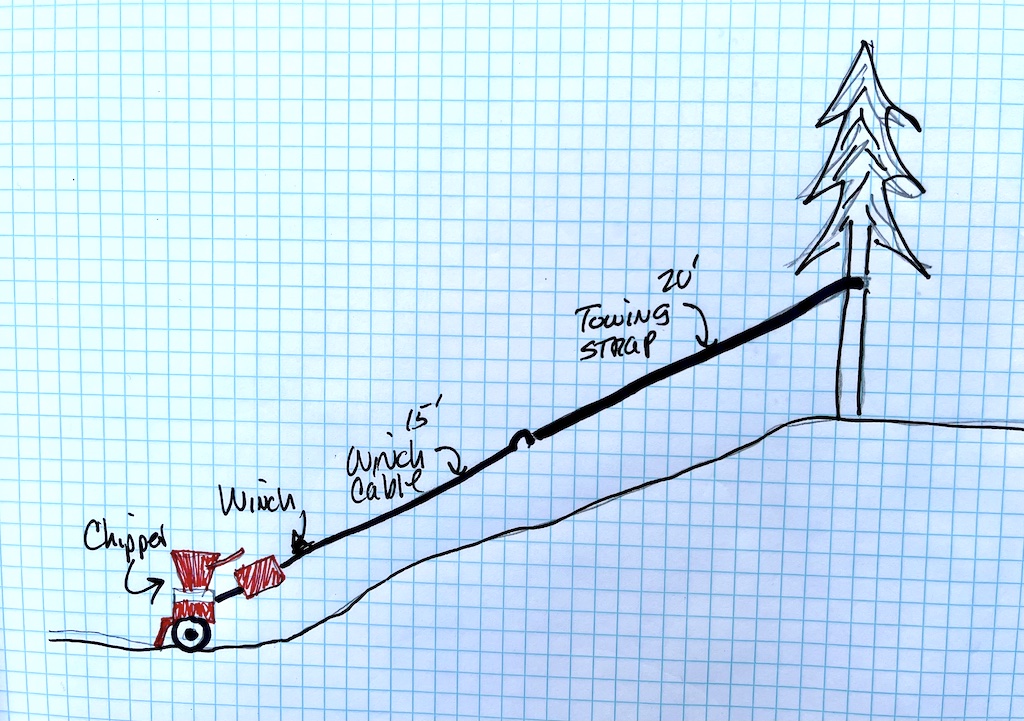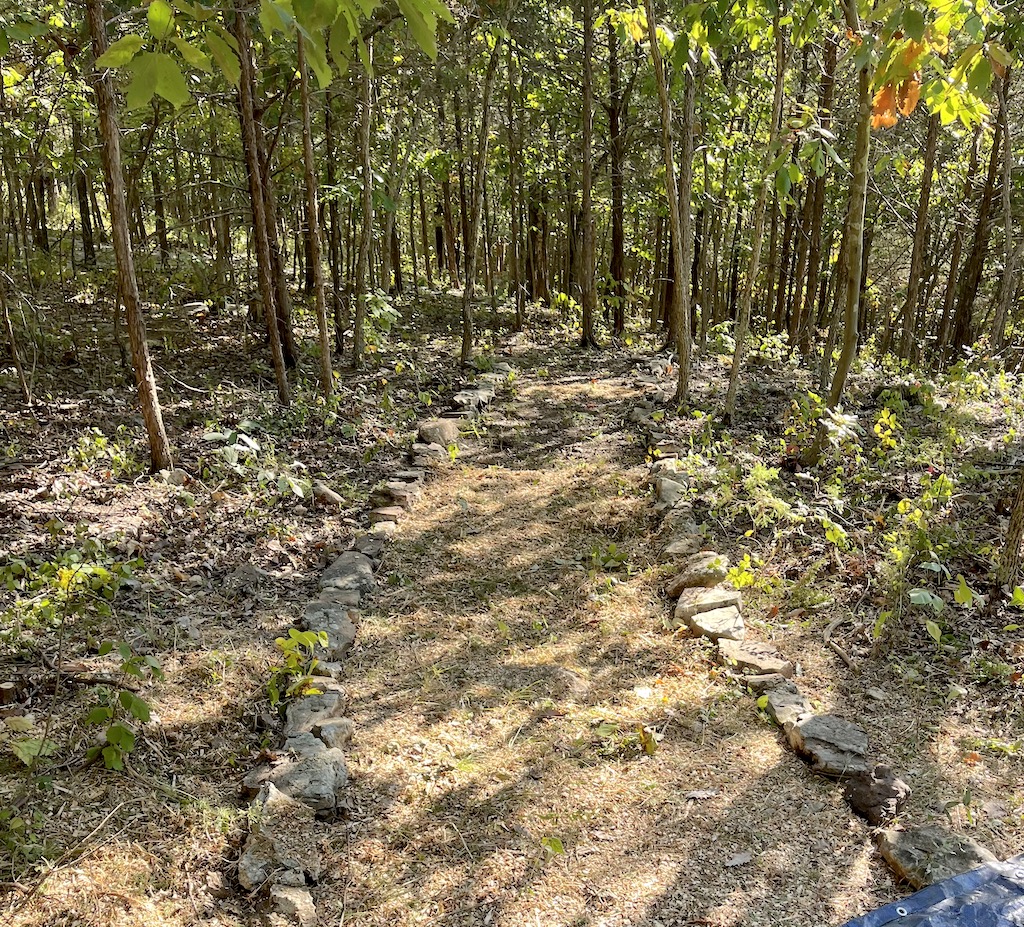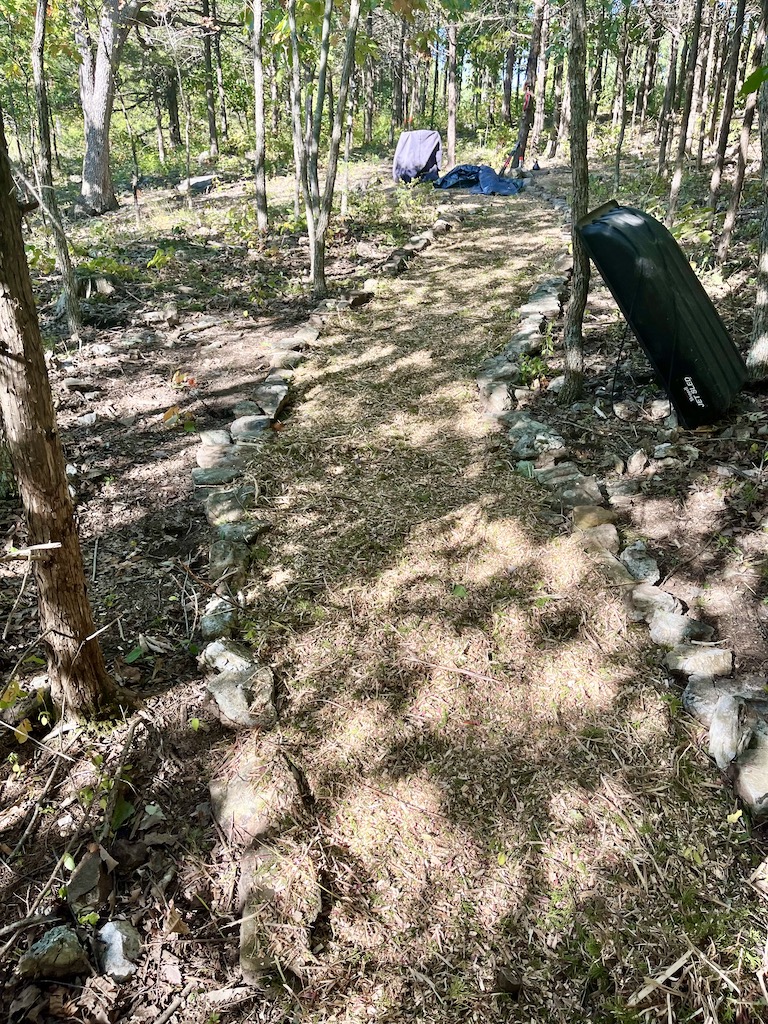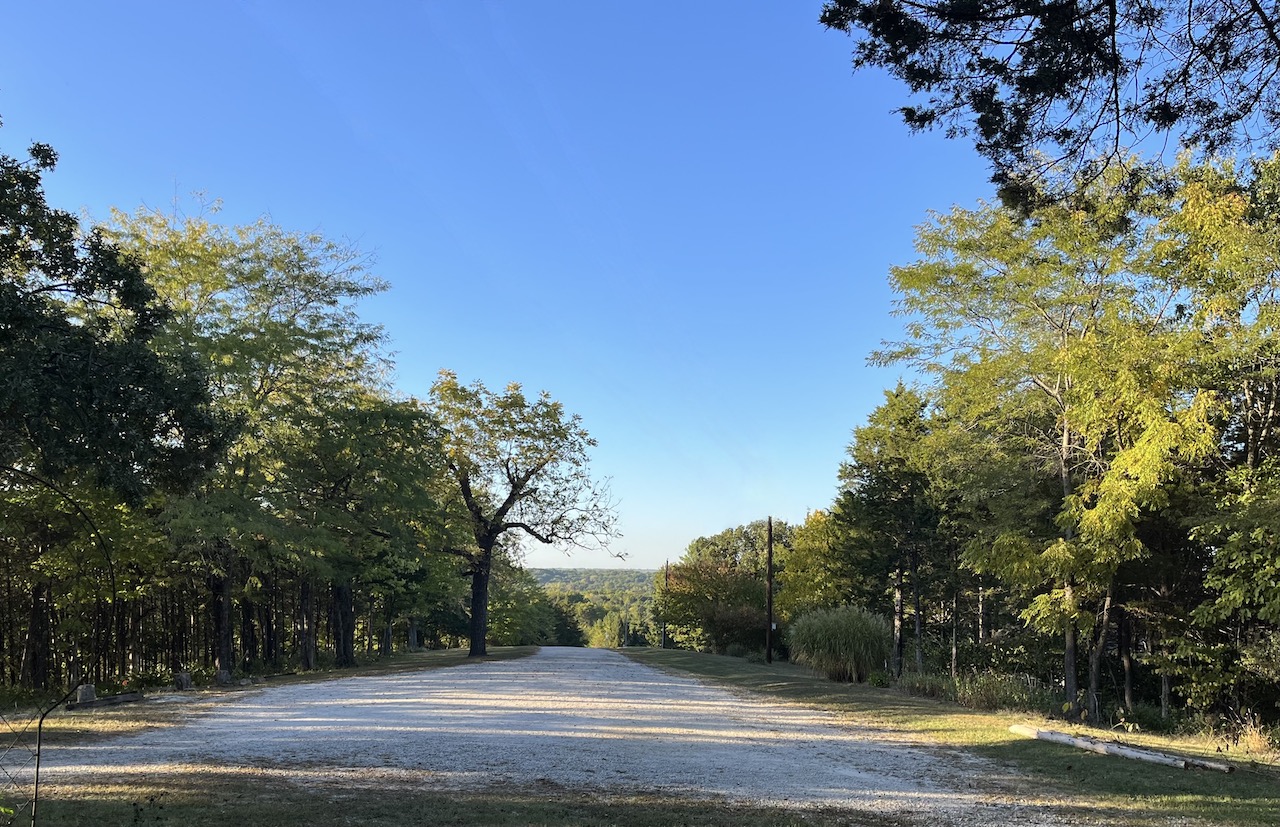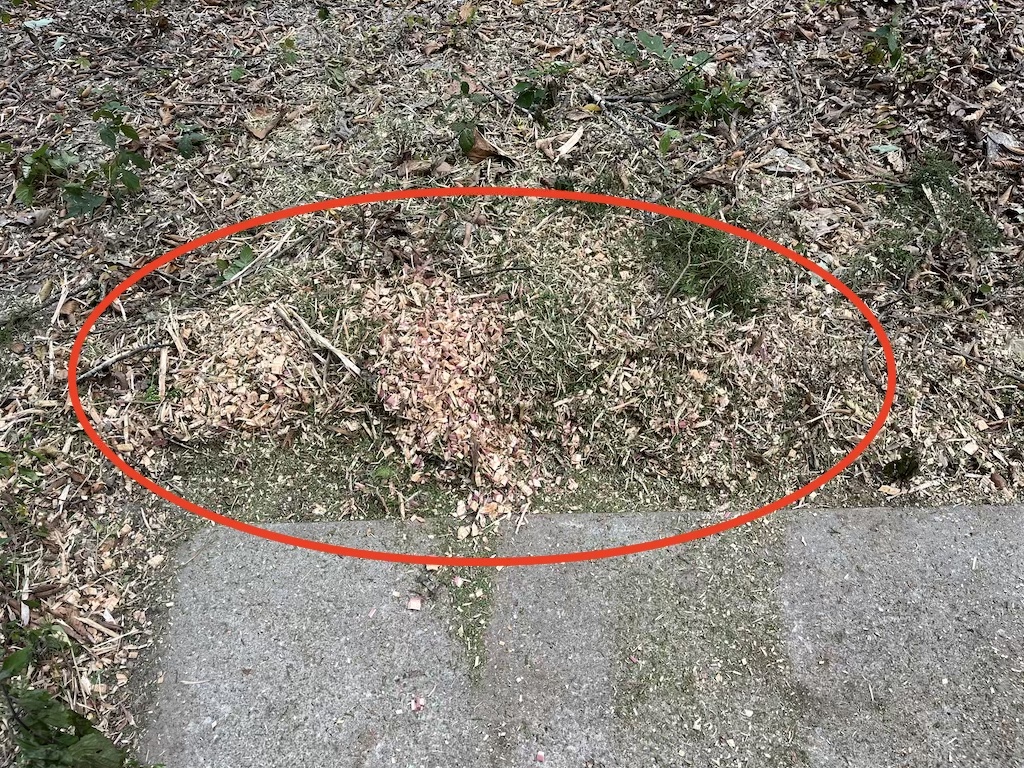The 20 page owners manual (yes, I’m one of those people) for my WARN cordless winch recommended “practicing” with the winch before getting into a real use situation. I guess that means you can pick the terrain and the size and shape of the object to be moved/lifted.
For my practice session I decided to move a couple of big rocks and use them to protect our new well head from the sleepy garbage truck drivers who turn around in our cul-de-sac.
The winch only has 15 feet of cable, which makes sense given its speed and “use cycle” (two minutes of pulling has to be followed by 30 min of downtime to avoid over-heating). So that means extra straps and re-sets if you’re pulling any distance. I anchored the winch to my pickup.

One of today’s first lessons was the importance of securing the strap. Took me a couple of tries.

In the photo below you see my Bubba Rope towing rope and soft shackle. I bought these for the Land Rover and never used them for that purpose. Yet. The idea behind the soft shackle is in the unlikely event it breaks, you won’t get the shrapnel you’d get from a metal device. But my shackle won’t break.

I tried moving a smaller rock using the sled but the weight was too much and I wound up using the strap on this as well.

Will have to wait on a front-loader for the big rock. Too much for the winch (and winch operator). We’ll probably add some more camouflage around the well-head down the road.
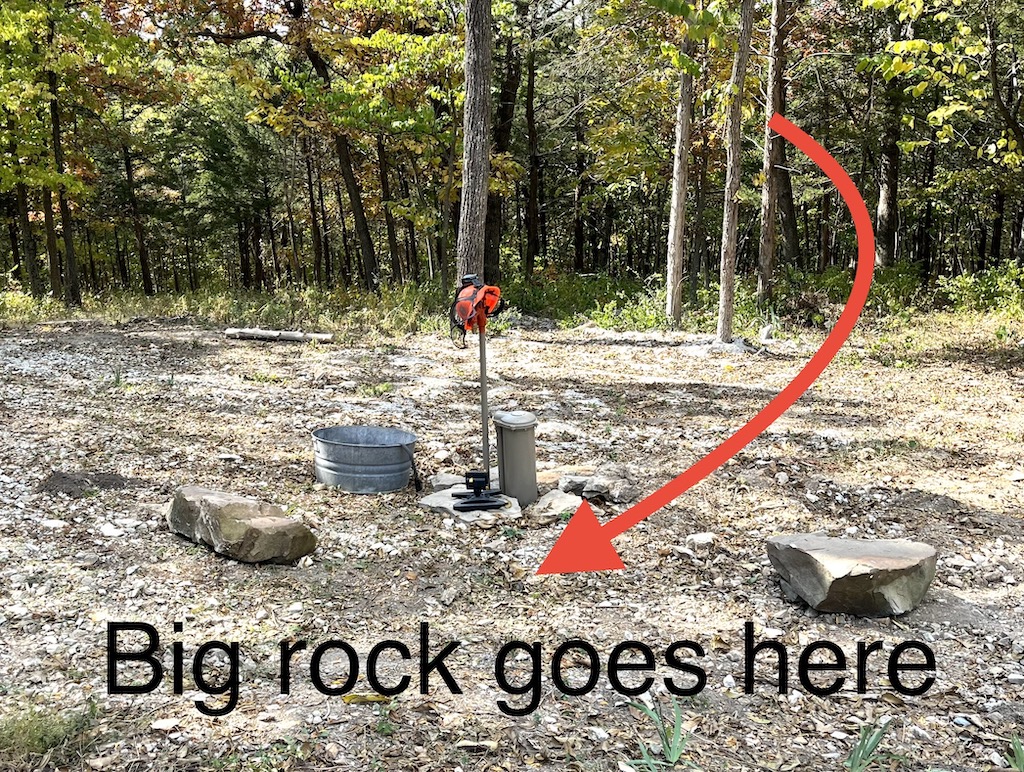
What did I learn today? For some chores it will be easier to hook a strap to the pickup (in 4 wheel drive). As for my intended use of pulling the wood chipper back up the hill, I expect I’ll do some manually rolling where the grade is not too steep, augmented by the winch.

